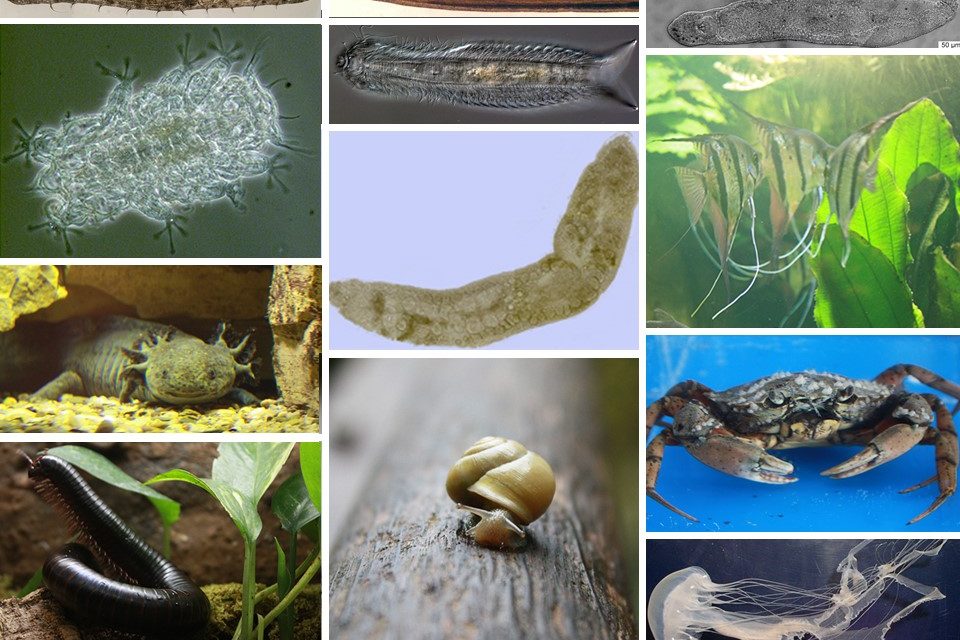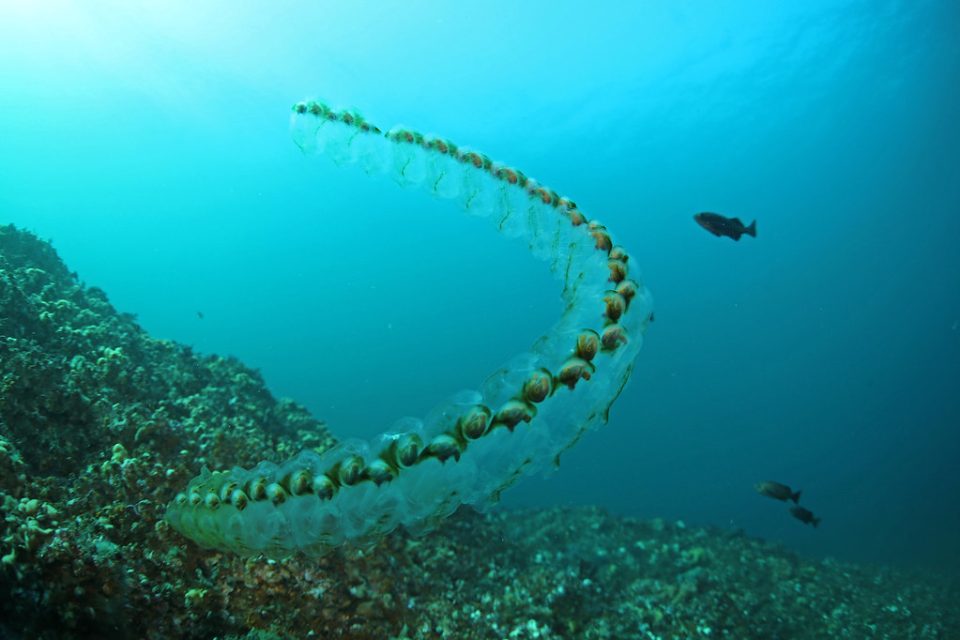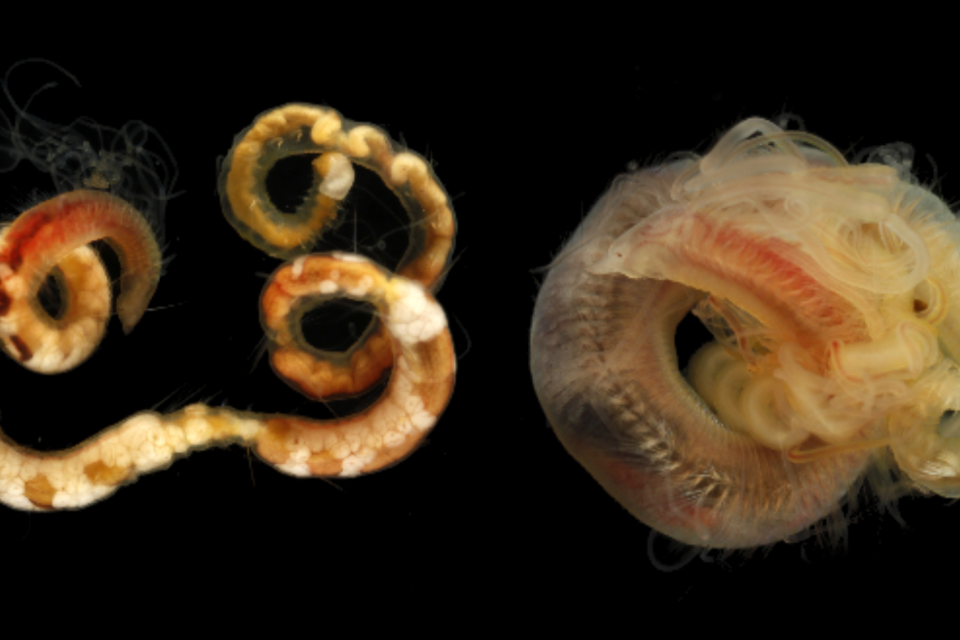
Door 18: Ancestors in Evolutionary Biology: Linear Thinking about Branching Trees
As commented on a previous post of this 2022 Frontiers in Evolutionary Zoology advent calendar I have decided to briefly present you three works: a research paper, a researcher interview, and a book. Today, it is the turn of posting one of my favorite scientific books of the year. At least in life […]








